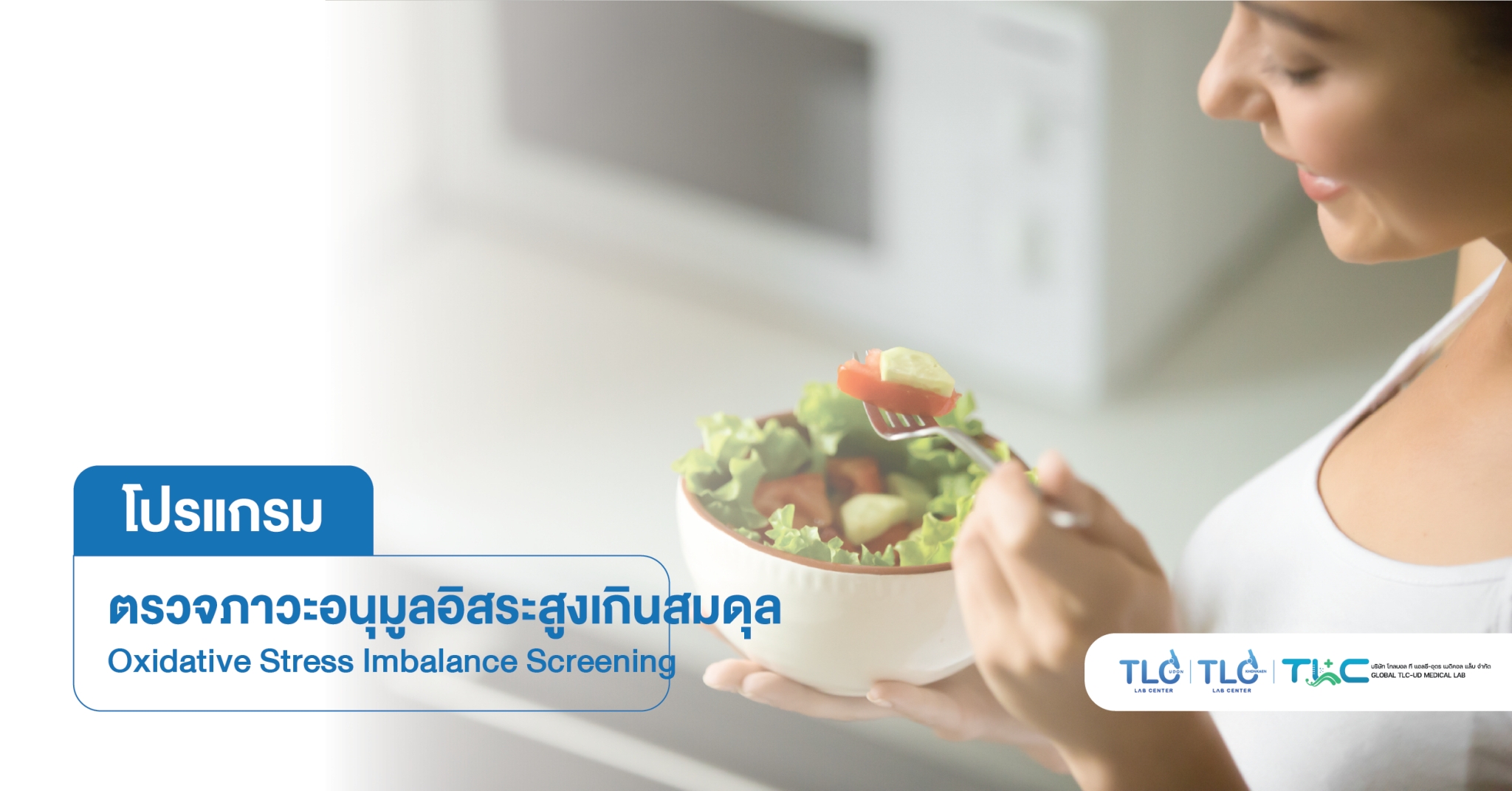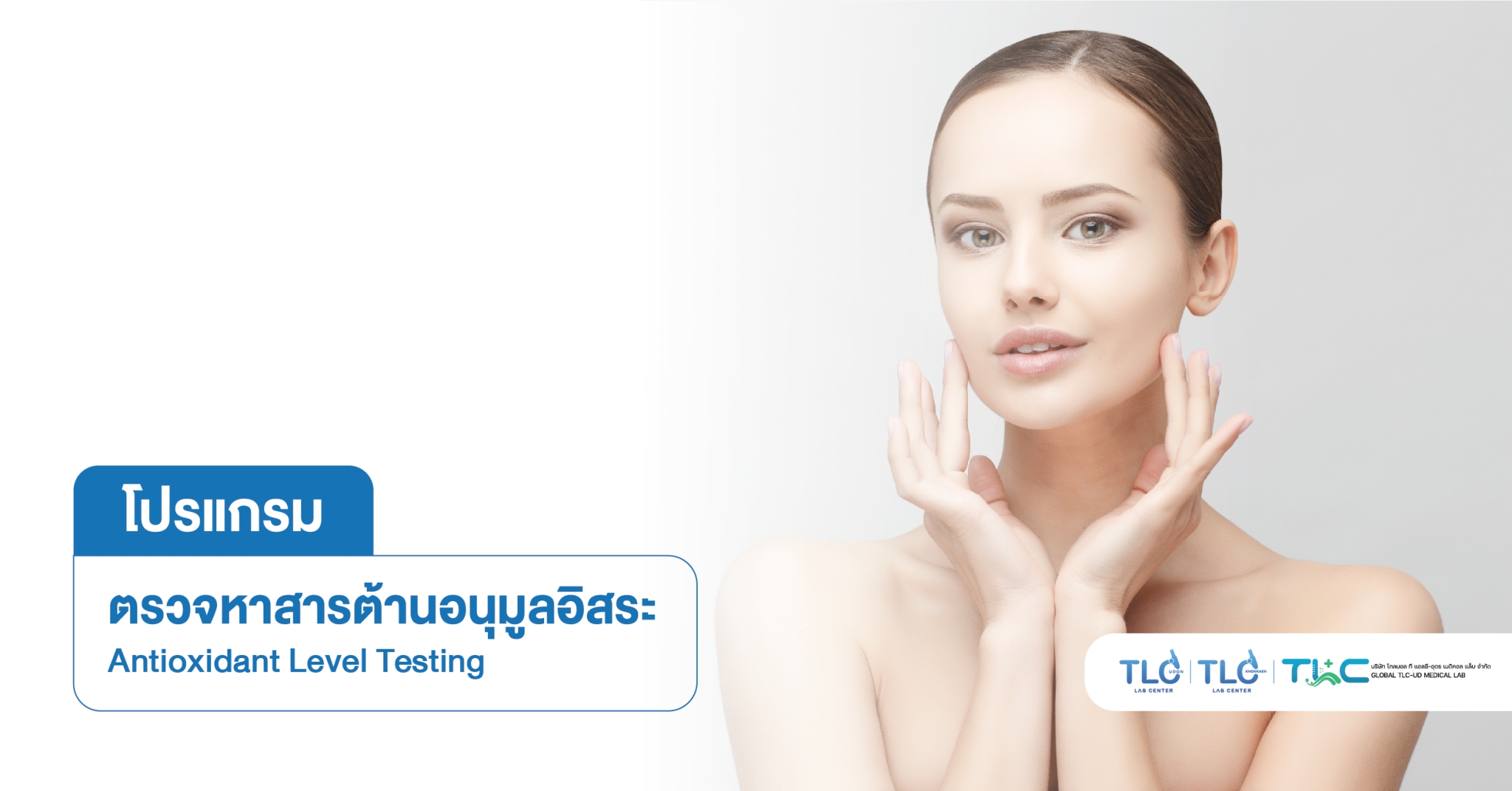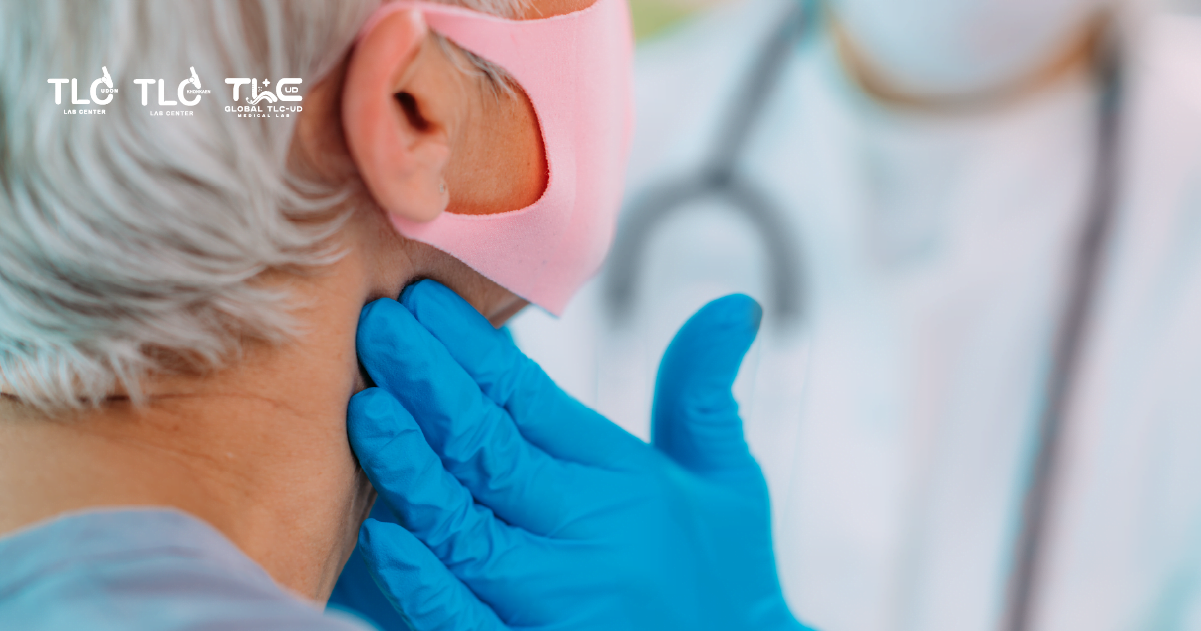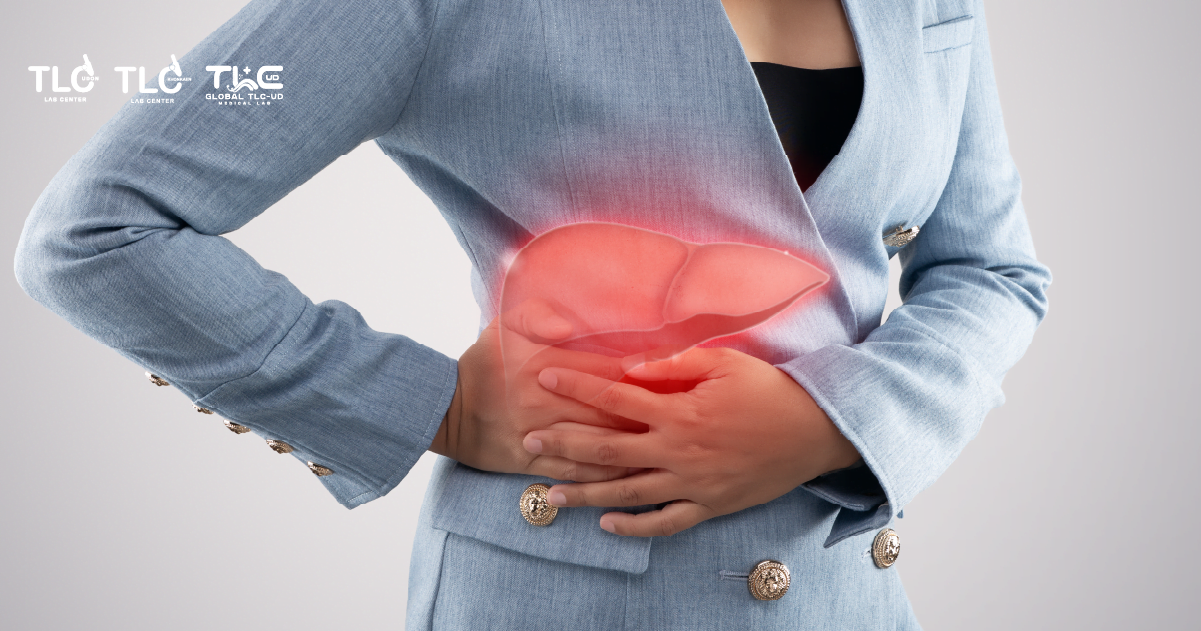What is Oxidative Stress?
Oxidative Stress : It is a condition that occurs when the body lacks the balance between free radicals and antioxidants, which provokes cells to become inflamed and damaged. When chronic inflammation occurs Cell degeneration leads to dysfunction and an increased risk of disease.
Many diseases and health problems are caused or partly caused by inflammation and degeneration of cells, such as diabetes, high blood pressure. heart disease, atherosclerosis, cancer, brain and nervous system diseases such as Parkinson’s disease and Alzheimer’s disease. In addition, oxidative stress results in the deterioration of skin cells. Over time, it can cause skin problems and premature aging.
External factors that can cause oxidative stress
- smoking
- drinking alcohol
- UV rays
- chemicals
- air pollution
- foods high in sugar or fat, etc.

Preventing oxidative stress should start with balancing free radicals appropriately. This is a property found only in antioxidants. When antioxidants enter the body, they adjust the structure of free radicals. If we get enough antioxidants, it may help balance the body’s condition and inhibit oxidative stress.
Ways to inhibit oxidative stress
1. Stop risky behaviours :
- Stop smoking.
- Limit alcohol consumption.
- Limit sugar and fat intake.
- Apply sunscreen and avoid the sun.
2. Get antioxidants regularly
Antioxidants can be divided into many types. Many people know and are familiar with them :
- Vitamin A
- Vitamins B
- Vitamin C
- Zinc
- Lutein
- Lycopene
These are found in a variety of foods, especially in colourful fruits and vegetables such as oranges, strawberries, carrots, tomatoes, broccoli, green leafy vegetables, green tea, garlic, and onions, etc.
3. Make lifestyle changes for good health.
Changing your lifestyle or lifestyle to be healthier may help prevent oxidative stress :
- Exercise properly on a regular basis.
- Get enough sleep.
- Consistent stress management.

Level Measurement Program
Monitoring oxidative stress levels can be done through tests such as the d-ROMs test (to measure free radicals) and the PAT test (to measure antioxidants).














